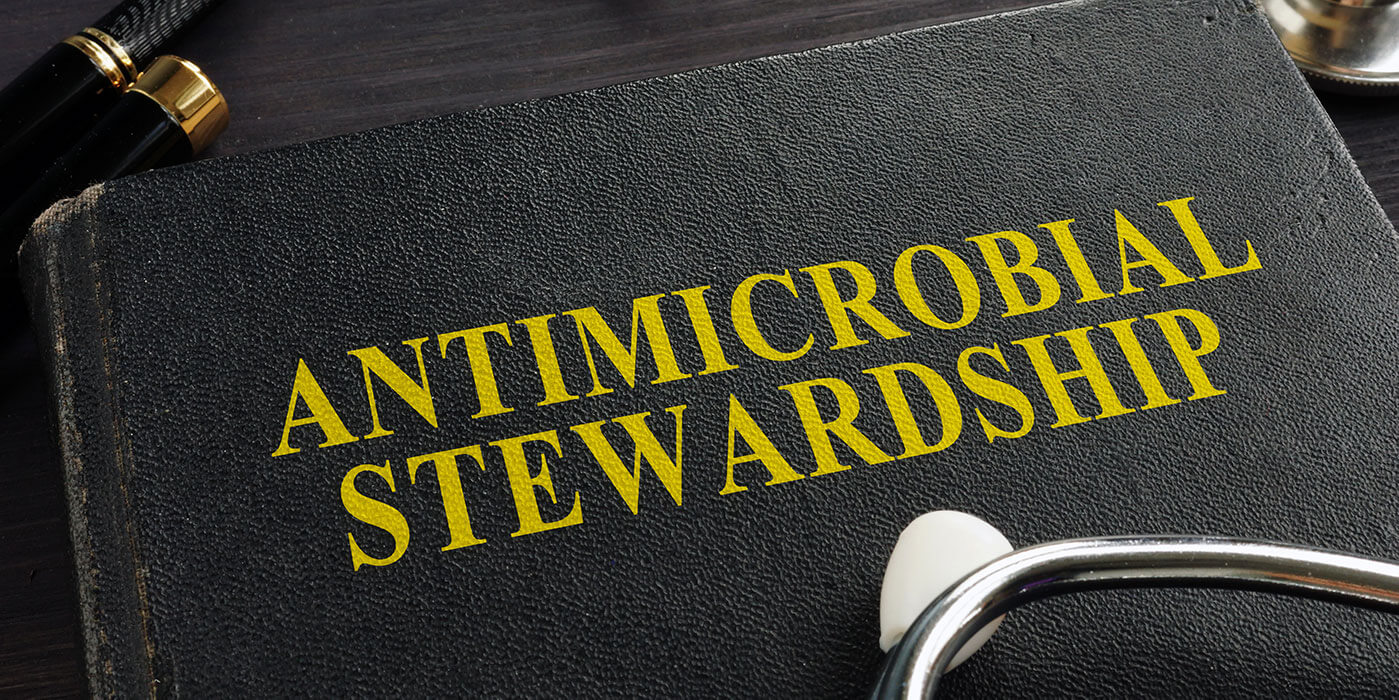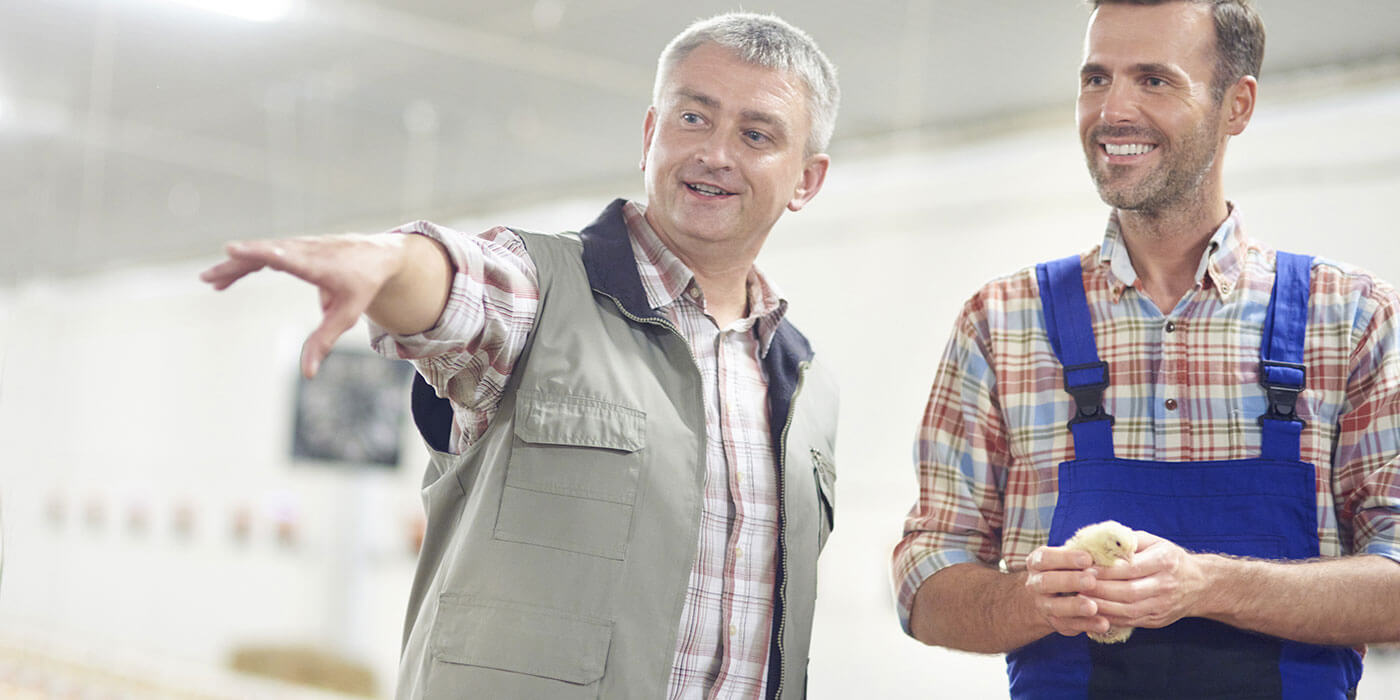VCPR and Smallholder Chicken Flocks in Ontario
The following case study reviews the establishment and maintenance of a valid Veterinarian-Client-Patient Relationship (VCPR) between a veterinarian and a poultry producer. Bullet points are provided throughout the case study to point out key actions and discussions important to establishing and maintaining a valid VCPR in Ontario.
Case Outline
Lorne Michaels and his family have recently started farming broiler chickens under the “Local Niche Markets Program” administered by the Chicken Farmers of Ontario. This program allows producers to grow between 6,000 and 60,000 meat birds per year for a well-defined local market. Lorne has secured contracts with a small regional chain of restaurants that focuses on sourcing and serving local food. Lorne grew up on a broiler farm and is quite knowledgeable about broiler feeding and husbandry. The family has made a sizable investment to construct a barn that will finish approximately 30,000 broilers per year. Lorne started production in September of 2017 and, despite a few setbacks at the beginning, has been doing quite well. One such setback was a suspected outbreak of necrotic enteritis (NE, caused by Clostridium perfringens) that hit his second cohort at around four weeks of age. He lost 15% of his birds before the outbreak was over. Lorne had seen NE before and was able to control the outbreak through medicating the drinking water with penicillin bought at the feed store.
Fast-forward to December 15th, 2018: Lorne is experiencing what he believes is another outbreak of NE in a new broiler flock. Only a few birds have died so far, but he would like to prevent further morbidity and mortality. He finds out that, given the new antibiotic regulations, he is no longer able to purchase the penicillin at the feed store. He calls Dr. Reginald McVail, the local mixed animal veterinarian, for a prescription. Dr. McVail is not a poultry veterinarian however he has an interest in poultry medicine, and has worked with small broiler flocks in the past.
Dr. McVail ensures that, before any recommendations are made, he informs Lorne of the need to establish a valid VCPR before he can make any recommendations or treatment decisions for his flock. Over the phone, Dr. McVail lets Lorne know that he needs to visit the farm, conduct an investigation (which may include physical exams, post mortems, and potentially laboratory testing) and discuss the services he can provide and those Lorne would like him to provide for his flock. Lorne indicates he understands and agrees to have Dr. McVail out to the farm.
Dr. McVail visits Lorne later the same day. When he arrives, Lorne meets him at the entrance to the barn and introduces himself as the owner of the farm and birds, and takes Dr. McVail to see the chickens, while ensuring proper biosecurity precautions are followed. Dr. McVail and Lorne have an extensive conversation regarding feeding, husbandry, and past disease on the farm.
- We would now consider Dr. McVail to have accrued sufficient knowledge of the flock through relevant history and inquiry
Dr. McVail informs Lorne that he is willing and able to perform flock health monitoring, including flock health visits, over-the-phone consultations, post mortem exams, follow-up visits, and emergency services, as well as helping him to develop standard operating procedures (SOPs) and additional biosecurity protocols for the farm.
- Dr. McVail has now outlined the scope of the services he will provide to Lorne and his level of availability in the case of emergencies or adverse drug reactions
Dr. McVail and Lorne agree to work together going forward, and now have a valid VCPR.
- Lorne (the client) has now agreed to retain the services of Dr. McVail
Dr. McVail goes on to examine several sick birds and conducts four post mortem examinations on animals found dead that morning. He collects samples for submission to the diagnostic laboratory.
- Dr. McVail has now accrued sufficient knowledge of the flock through a thorough inspection of the birds, premises, post mortem examinations, and diagnostic tissue submission
Based on his findings on post mortem exam, he makes a tentative diagnosis of NE, and prescribes and dispenses bacitracin that he believes is therapeutically indicated for administration in the drinking water. Before he does so, he discusses his expectations from lab testing, other possible differential diagnoses, benefits and risks of treatment, the costs associated with diagnostics and treatment in this case, and the risks associated with not treating the birds. He checks in with Lorne verbally as he goes to ensure that Lorne understands everything being said.
- Dr. McVail is ensuring that the requirements for informed consent are being addressed before treating Lorne’s flock
Lorne agrees to follow Dr. McVail’s recommendations, and to let him know over the next few days if the treatment appears to be working or not, and if there are any unexpected adverse reactions in the birds. Throughout the meeting, Dr. McVail takes notes that he will keep on file at the clinic as part of the medical record.
- Dr. McVail has now ensured that the additional requirements of prescribing, dispensing, or administering a drug are met

